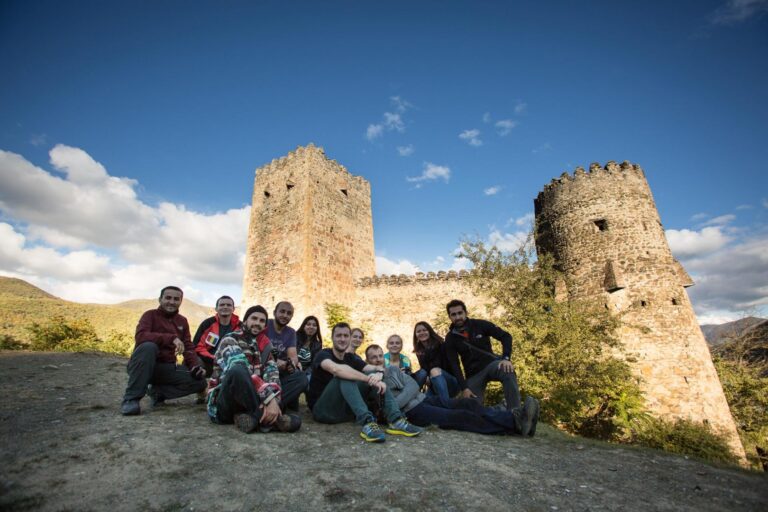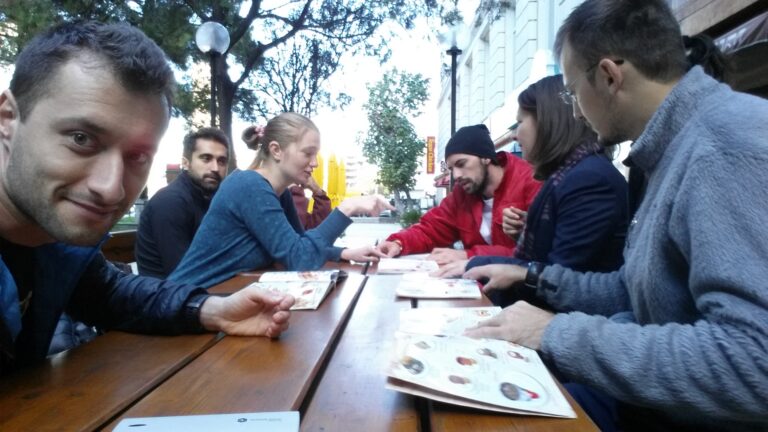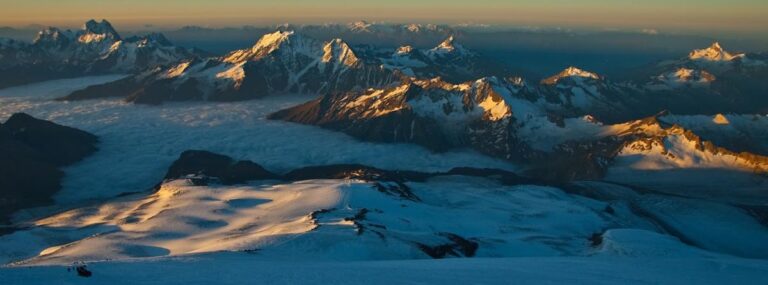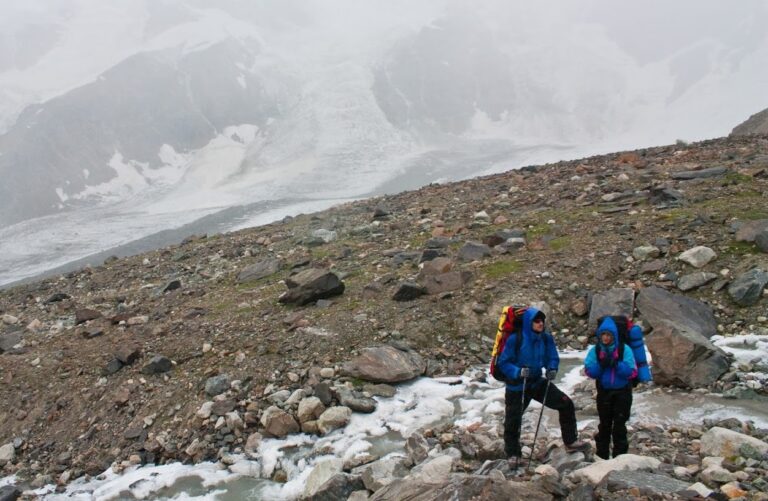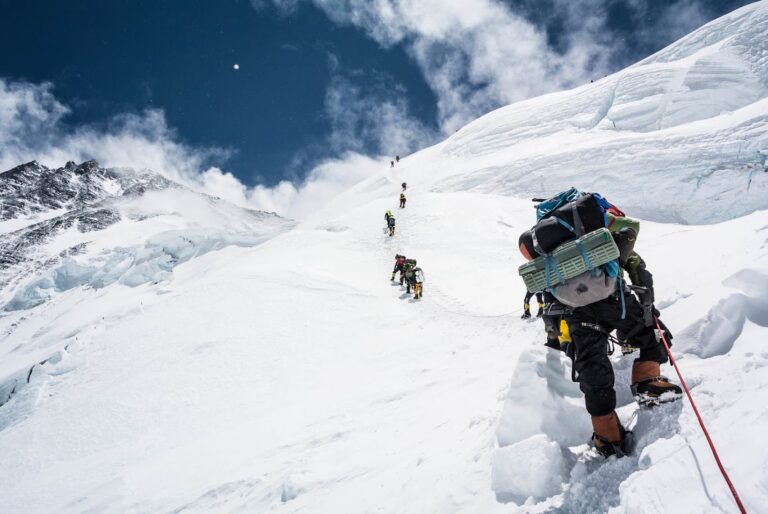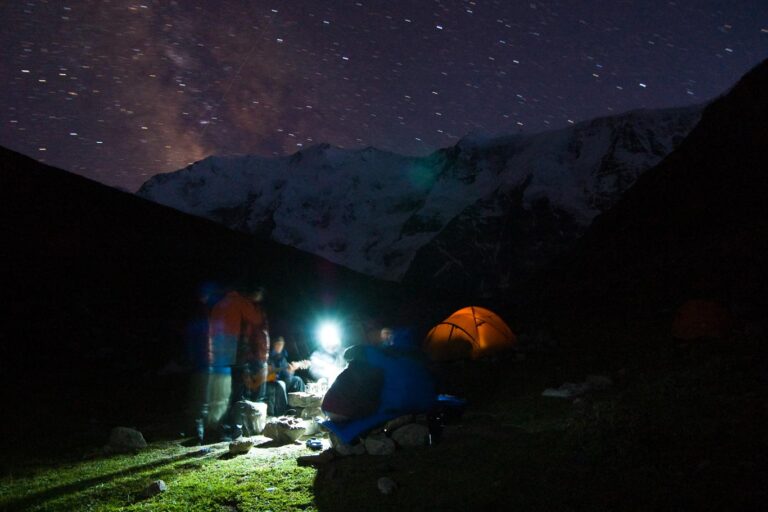Going through life alone is difficult. It has its ups and downs, peaks and what feels like abysses. Mountain climbing is just like that. It’s life to the extreme: big risks, huge rewards and powerful bonds.
Everyone needs a mentor, spiritual guidance, an example, someone to look up to and somewhere to belong to. Since the beginning of time, people have tried to conquer nature and overcome their fears and limits. They found safety and power in tribes, gangs, groups, teams or any kind of association. The one things they had in common? A leader. As a leader, you are usually born with a set of skills you need in order to guide and inspire others. The rest is something you learn on the way by dealing with difficult people and situations. You have to learn how to settle conflicts and how to accommodate people with each other, considering first of all that every single person is different and reacts in a specific manner and second that you will deal with members with different types of backgrounds and skills. The result? A mix of personalities, opinions and problems that you must understand and manage, but also guide through risky situations. Keep in mind that this mix is an important factor to having a powerful and well balanced team. Experts have identified six types of people included in a successful team: the adventurer, the stabilizer, the driver, the cheerleader, the perfectionist and the energizer. Each type of personality balances another and will give you a wider perspective on things and definitely more than just one way to solve a problem.
Now you’ll have to work with all of them and the first thing you’ll need is authority. You can impose your views and ideas using force and fear- that’s the easy way, or you can inspire people towards a common goal. Keeping your position intact while making others feel valuable and empowered too can seem tricky but, in the long run, it’s one of the keys to an inspired and accomplished team.
When starting a new project or climbing new mountains, everyone is enthusiastic and excited, but, as nothing ever goes smoothly, you will likely face challenges or some kind of failure and might need to re-evaluate and make changes along the way. It is your responsibility to keep your members from getting discouraged or panicked. Humor is a powerful weapon, being calm is also essential, but confidence is the ultimate tool to getting you and the team through anything and everything.
When starting any kind of project, organizing is something you can’t succeed without. From planning your steps and setting milestones to predicting anything that could go wrong and every obstacle and variable, it is essential to control what you can, but you should also accept that nature and life are unpredictable and that sometimes you need to step back in order to protect your team. Other important aspects to keep in mind are prioritizing your goals and assigning the right tasks to the right people, considering their abilities, reactions in different situations and the way they interact with the others.
From dealing with daily struggles to surviving extreme situations, the recipe is simple: stay strong and genuine and never forget what makes you a leader. It’s your charisma and confidence. What else? Your knowledge of people and skills. The fact that you know how to do something that people want to learn. You already know the way because you’ve been there and they want to follow. You have the patience, the open mind and the resources to take them somewhere different.
“A leader is a person who takes you where you will not go alone.”, says Susan Ascher, Leadership Coach in Communication. Still, what happens when you, a great, responsible leader don’t know which way, how to take the best decision for the group but you don’ t want to install pressure or insecurity? Well, breathe and read on because there’s always something new to learn.
